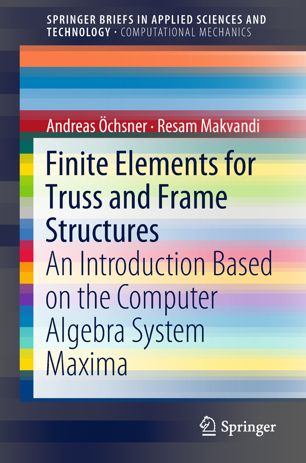

Most ebook files are in PDF format, so you can easily read them using various software such as Foxit Reader or directly on the Google Chrome browser.
Some ebook files are released by publishers in other formats such as .awz, .mobi, .epub, .fb2, etc. You may need to install specific software to read these formats on mobile/PC, such as Calibre.
Please read the tutorial at this link: https://ebookbell.com/faq
We offer FREE conversion to the popular formats you request; however, this may take some time. Therefore, right after payment, please email us, and we will try to provide the service as quickly as possible.
For some exceptional file formats or broken links (if any), please refrain from opening any disputes. Instead, email us first, and we will try to assist within a maximum of 6 hours.
EbookBell Team

5.0
58 reviewsThis book is intended as an essential study aid for the finite element method. Based on the free computer algebra system Maxima, the authors offer routines for symbolically or numerically solving problems in the context of plane truss and frame structures, allowing readers to check classical ‘hand calculations’ on the one hand and to understand the computer implementation of the method on the other. The mechanical theories focus on the classical one-dimensional structural elements, i.e. bars, Euler–Bernoulli and Timoshenko beams, and their combination to generalized beam elements. Focusing on one-dimensional elements reduces the complexity of the mathematical framework, and the resulting matrix equations can be displayed with all components and not merely in the form of a symbolic representation. In addition, the use of a computer algebra system and the incorporated functions, e.g. for equation solving, allows readers to focus more on the methodology of the finite element method and not on standard procedures.